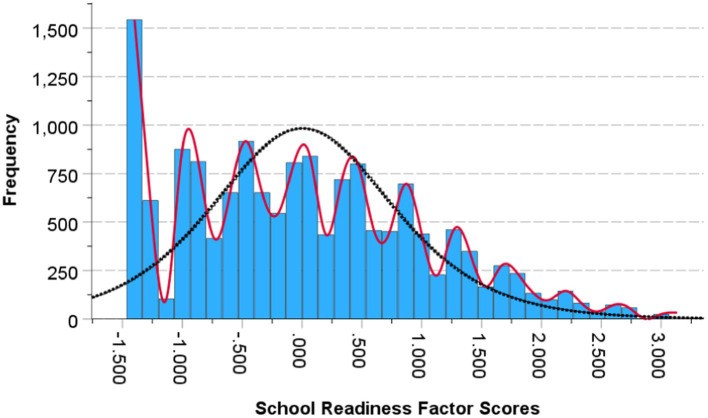Class size is often cited as a crucial factor in student success. But how exactly does it impact learning? This article delves into the complex relationship between class size and educational outcomes, drawing on data from the 2018 PISA database encompassing over 21,000 schools in 80 countries. We explore the limitations of linear models and introduce the Cusp Catastrophe Model to understand the non-linear dynamics at play.
The Traditional View of Class Size and Learning
Traditional educational research often assumes a linear relationship between smaller classes and improved learning. Smaller classes allow for more individualized attention, diverse teaching strategies, and better classroom management, potentially leading to higher student engagement and academic achievement. Numerous studies support this view, linking smaller class sizes to better standardized test scores and long-term educational outcomes.
Challenging the Linear Assumption: The Need for a Non-Linear Approach
While the benefits of smaller classes seem intuitive, human behavior and learning are complex phenomena that rarely follow a straight line. Linear models often fail to capture the nuances of these interactions. Empirical evidence suggests both linear and non-linear effects of class size, with some studies even reporting contradictory findings. This highlights the need for more sophisticated models that account for non-linearity and threshold effects. A reduction in class size from 40 to 30 students, for example, might yield different results than a reduction from 30 to 20.
Introducing the Cusp Catastrophe Model
The Cusp Catastrophe Model, a cornerstone of Non-linear Dynamical Systems Theory (NDST), offers a framework for understanding sudden and discontinuous changes in system states driven by continuous variables. This model allows us to analyze complex linear and non-linear interactions between variables, providing insights into the stability and transitions of human behavior. In the context of education, the Cusp Catastrophe Model helps explain how gradual changes in class size can lead to abrupt shifts in student learning outcomes.
Findings from the PISA 2018 Data
Applying the Cusp Catastrophe Model to the PISA 2018 data revealed critical thresholds for both school size and class size. Beyond a school size of 801 students and a class size of 27 students, the relationship between size and school readiness became unpredictable and chaotic. This finding aligns with previous research suggesting optimal school sizes between 600 and 900 students and diminishing returns in class size reduction below a certain point.
Implications for Educational Policy and Practice
These findings have significant implications for educational policy. Maintaining class and school sizes below the identified thresholds is crucial for fostering predictable and positive learning outcomes. Policymakers should consider implementing class size limits, particularly in early education, and restructuring large schools into smaller learning communities. Equitable access to smaller class sizes across socioeconomic groups is also essential to address potential achievement gaps. These changes require concomitant investments in teacher training and recruitment to ensure high-quality instruction in smaller settings.
Limitations and Future Research
While this study provides valuable insights, limitations exist. The generalizability of findings based on observational data is constrained. Future research should explore the influence of moderating variables like gender, socioeconomic status, and school type on the relationship between class size and learning outcomes. Further investigation using per-country analysis and exploring the invariance of findings across different contexts is also recommended.
Conclusion
This research demonstrates the non-linear impact of class size on learning. The Cusp Catastrophe Model provides a valuable framework for understanding the complex dynamics at play. The identified thresholds for school and class size offer crucial guidance for policymakers and educators seeking to create optimal learning environments that maximize student success. By recognizing the non-linear nature of this relationship, we can move beyond simplistic assumptions and develop more nuanced and effective approaches to educational reform. This study highlights the crucial need for ongoing research and policy adjustments to ensure that all students have access to learning environments conducive to their academic growth and well-being.

